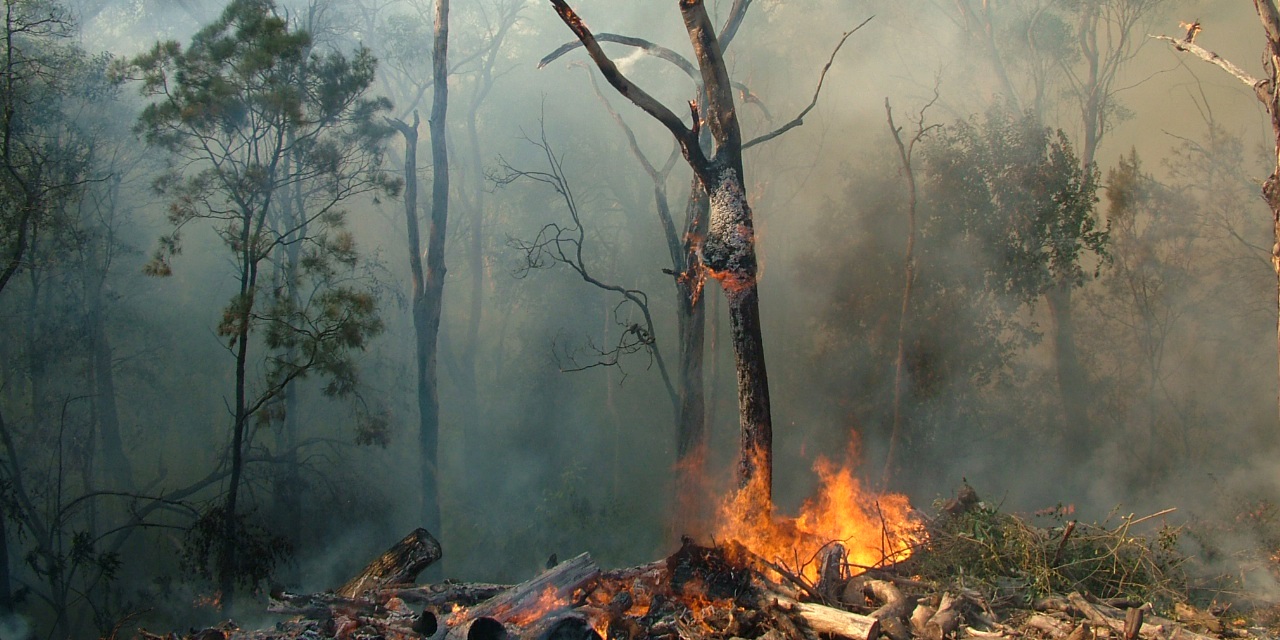Fire risk assessment is a critical practice for ensuring the safety of buildings, their occupants, and their contents. By identifying and addressing potential fire hazards, this proactive measure helps prevent fires and mitigate their impact. Whether you’re a homeowner, business owner, or facility manager, understanding and implementing fire risk assessment is crucial for maintaining a safe environment.
What is a Fire Risk Assessment?
A fire risk assessment is a systematic evaluation designed to identify fire hazards, assess their potential risks, and implement measures to prevent or reduce these risks. The assessment involves examining the building’s layout, the nature of its activities, and the effectiveness of its fire safety systems. The goal is to ensure that all potential fire hazards are managed effectively and that the building complies with fire safety regulations.
Why is Fire Risk Assessment Important?
- Protecting Lives: The primary purpose of a fire risk assessment is to protect the lives of those within the building. By identifying potential hazards and implementing safety measures, you can help prevent fire-related injuries or fatalities.
- Compliance with Regulations: Many jurisdictions require regular fire risk assessments to comply with fire safety laws. Ensuring that your property meets these legal requirements helps you avoid fines and legal issues.
- Safeguarding Property: Fires can cause extensive damage to property. A fire risk assessment helps identify risks that could lead to a fire and allows you to take steps to protect your property from significant damage.
- Insurance Requirements: Insurance providers often require a fire risk assessment before issuing a policy or in the event of a claim. A thorough assessment can help in securing insurance coverage and may lead to lower premiums.
- Enhancing Emergency Preparedness: A comprehensive fire risk assessment includes creating and maintaining a fire safety plan. This plan ensures that everyone knows how to evacuate safely and that the building is equipped with necessary safety features.
How to Conduct a Fire Risk Assessment
- Identify Hazards: Begin by identifying all potential fire hazards in the building. This includes sources of ignition, flammable materials, and potential fire hazards in different areas.
- Evaluate Risks: Assess the likelihood of each identified hazard causing a fire and the potential impact if it were to occur. Consider factors such as the building’s layout, occupancy, and existing fire safety measures.
- Implement Control Measures: Based on your evaluation, implement control measures to reduce or eliminate the identified risks. This may involve installing fire alarms, improving fire exits, or providing fire safety training to occupants.
- Review and Update: Regularly review and update your fire risk assessment to reflect any changes in the building or its use. This ensures that the assessment remains current and effective.
- Document Findings: Keep detailed records of the fire risk assessment process, including identified hazards, risk evaluations, and implemented measures. Proper documentation is essential for compliance and future reference.
Conclusion
Fire risk assessment is an essential aspect of fire safety management. By systematically identifying and addressing potential fire hazards, you can protect lives, meet legal requirements, safeguard property, and enhance emergency preparedness. Regularly conducting and updating fire risk assessments is crucial for maintaining a safe and compliant environment.
